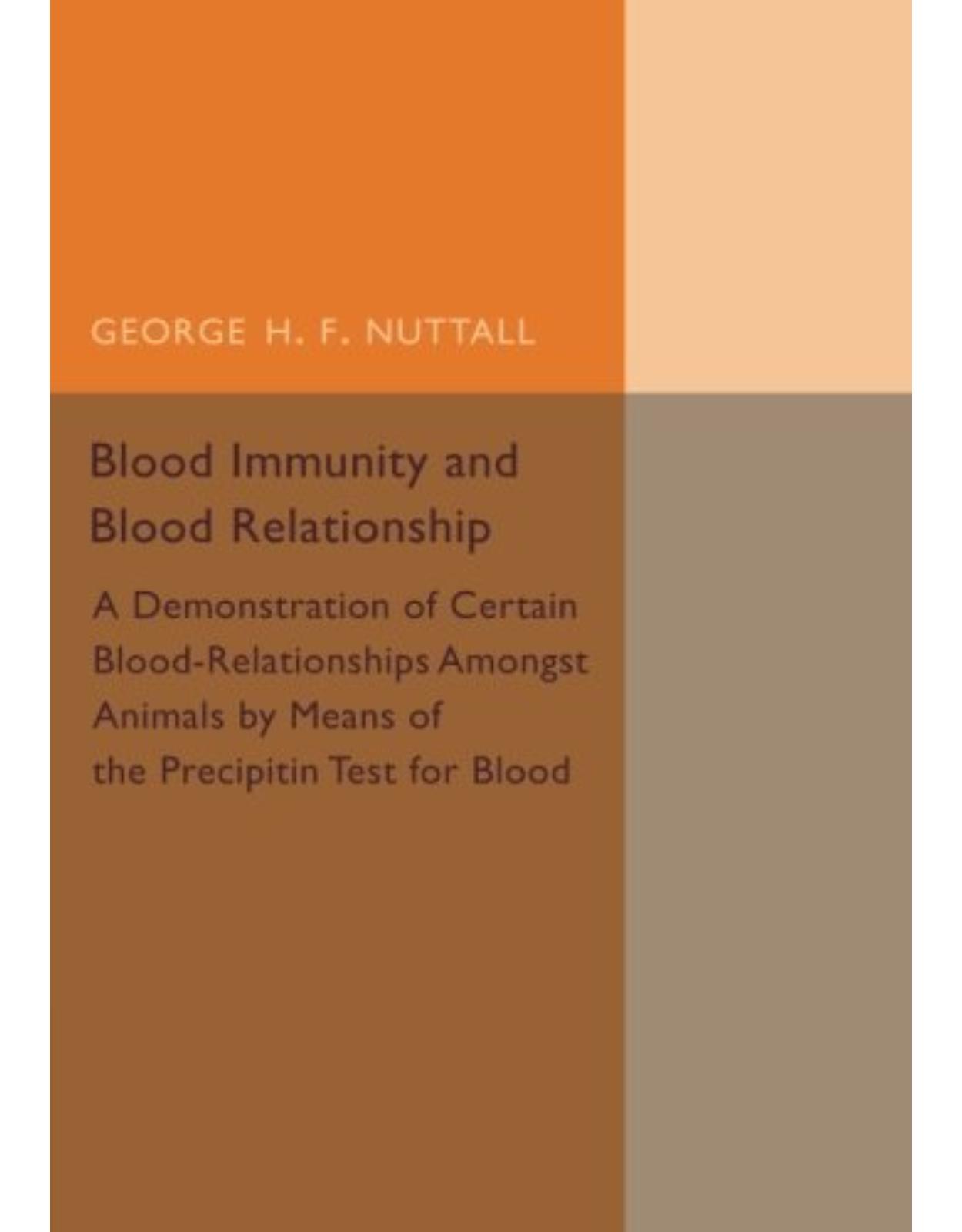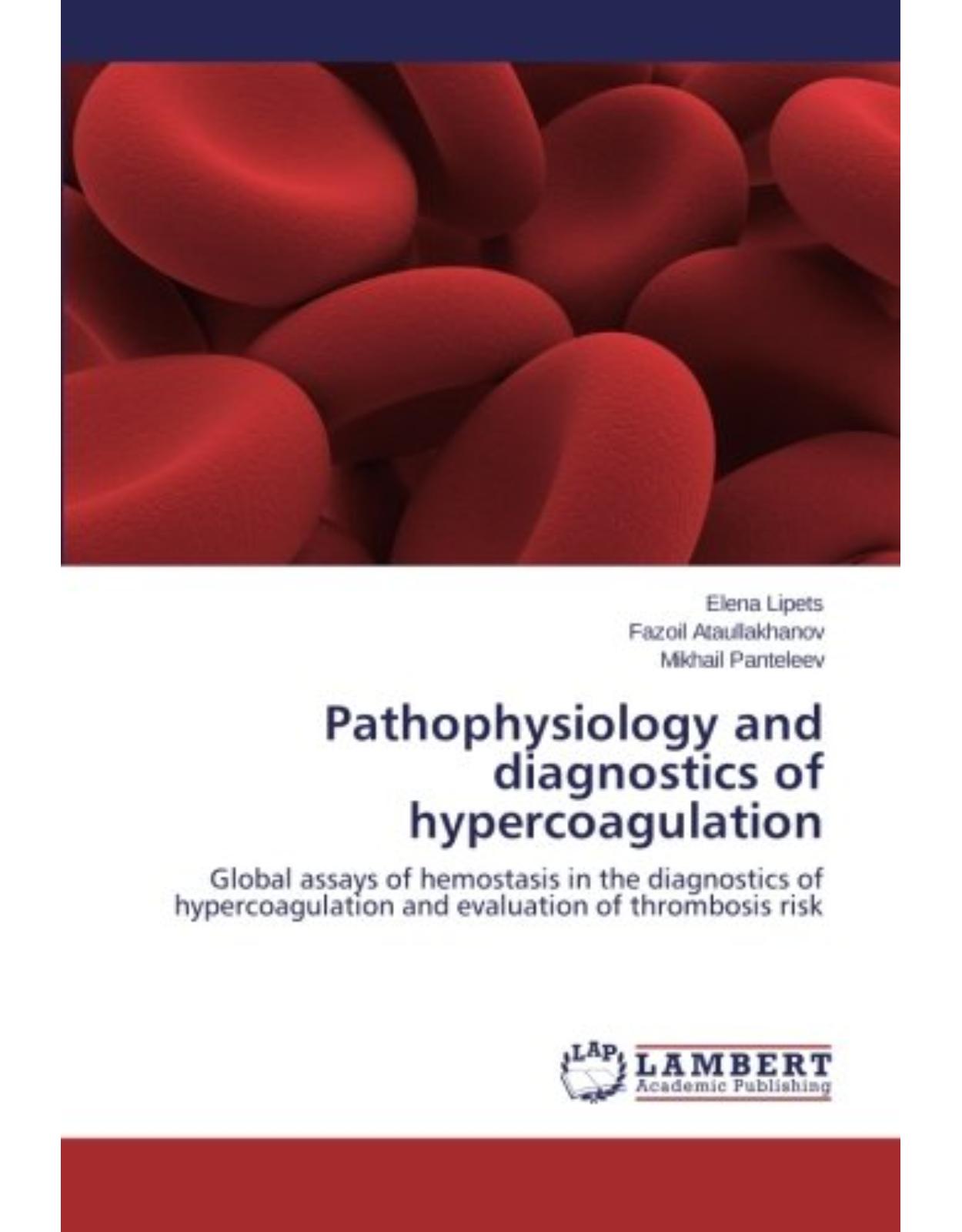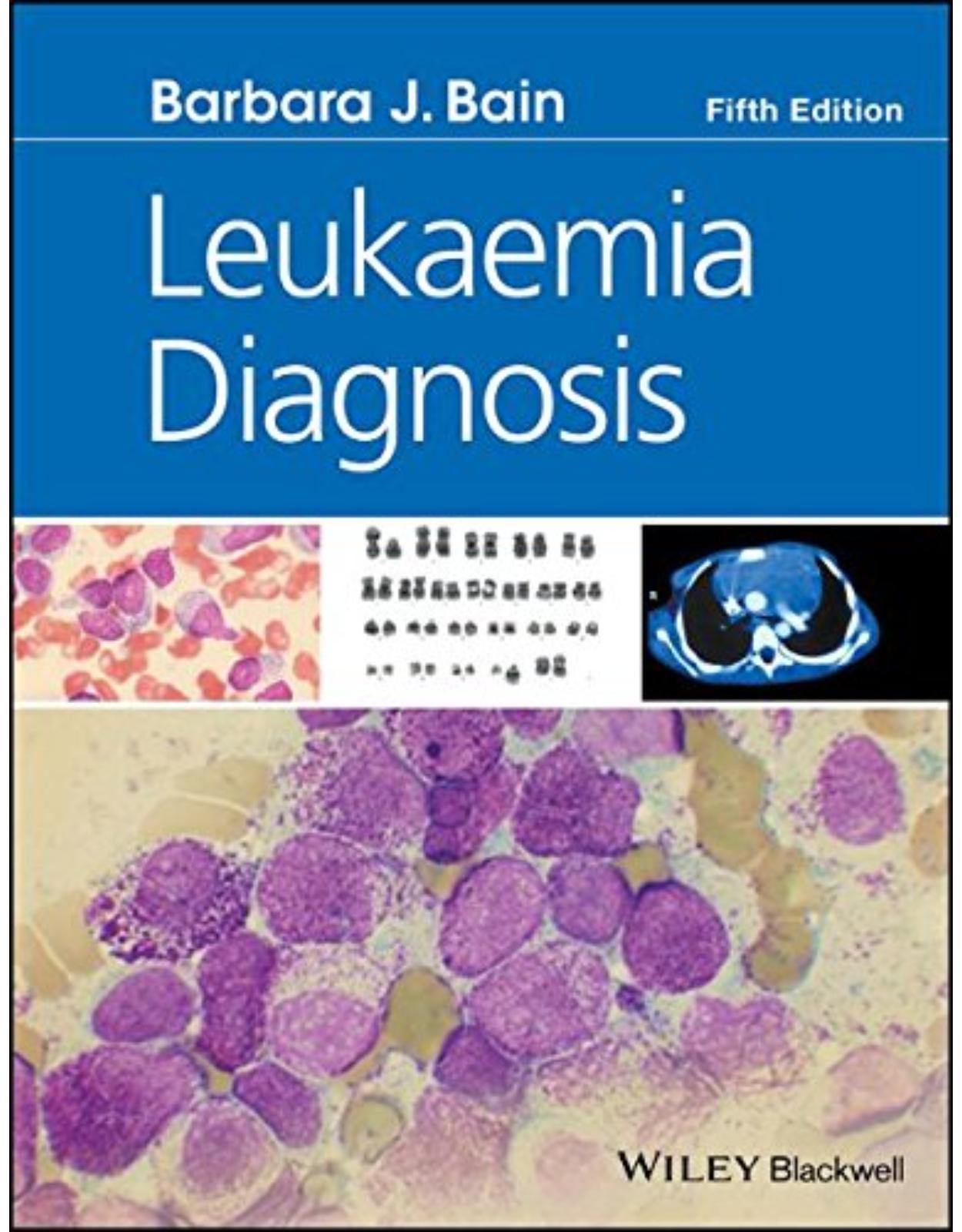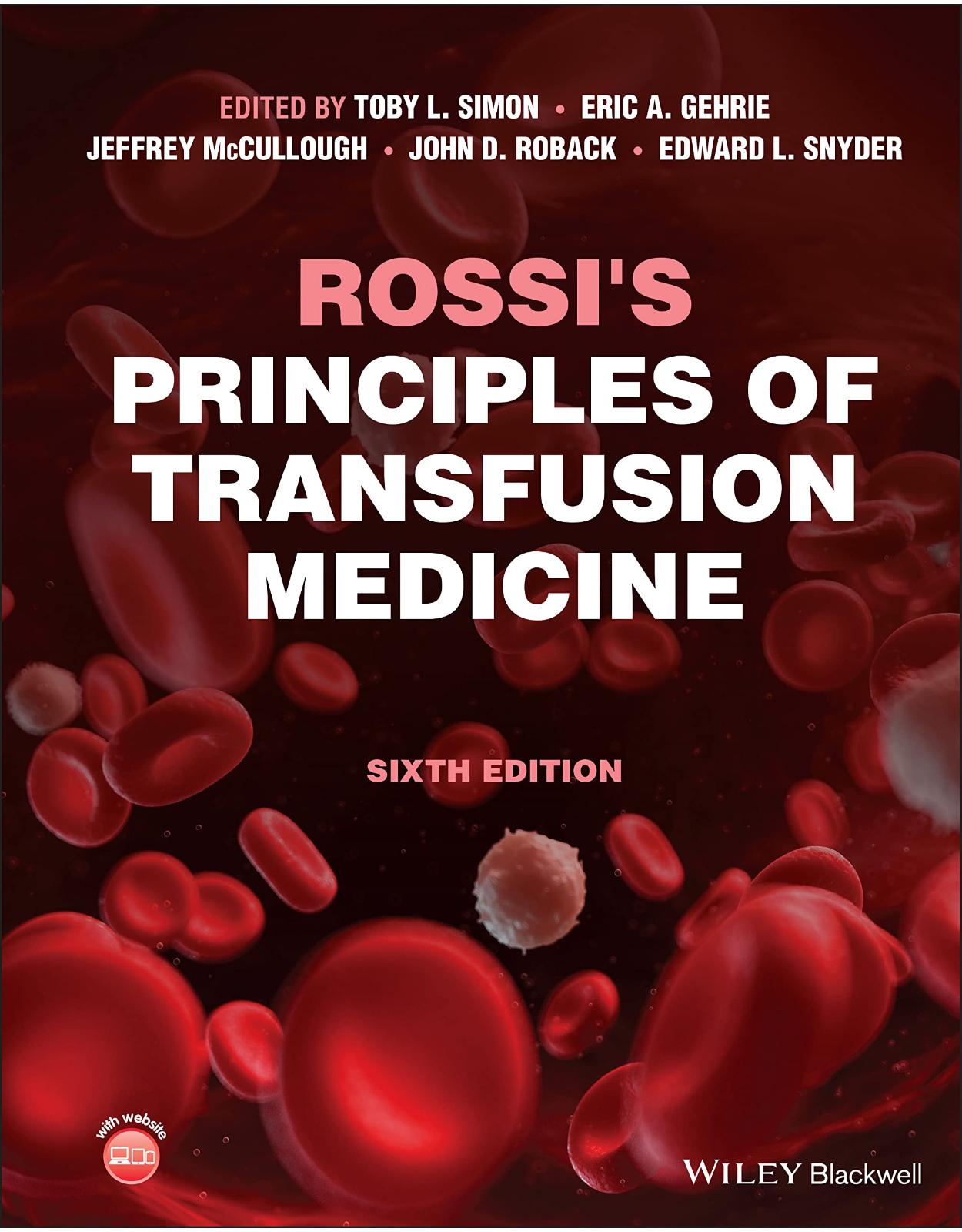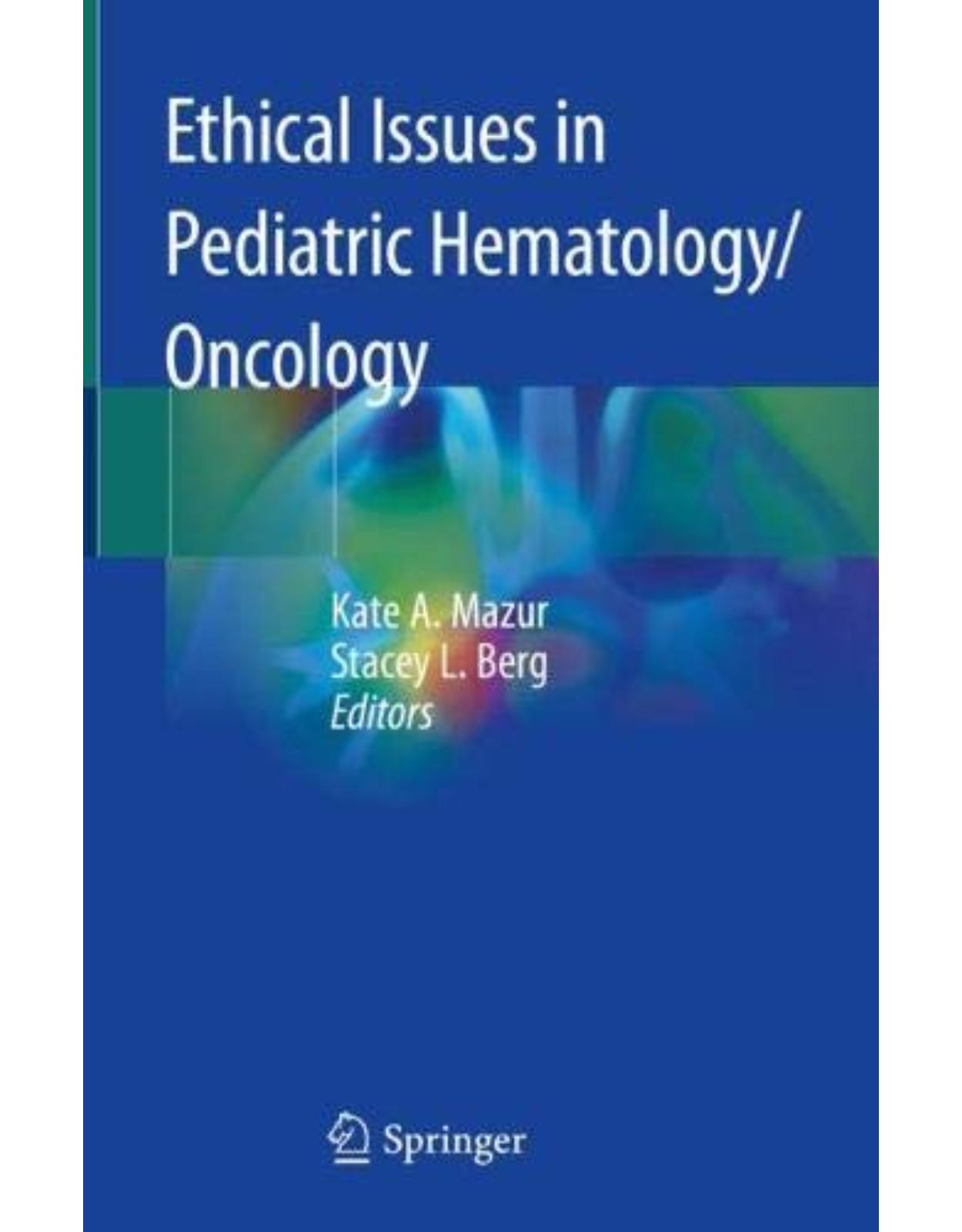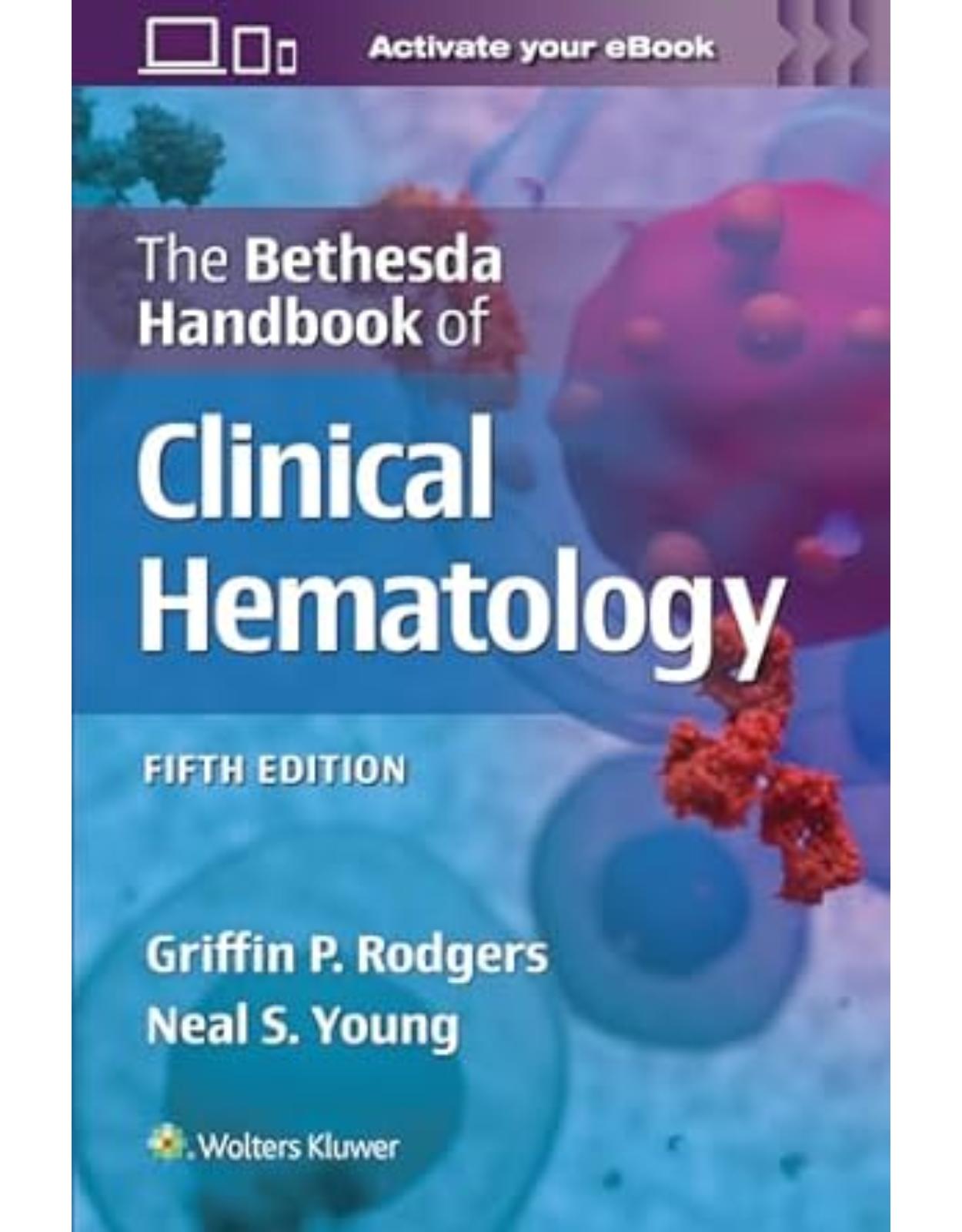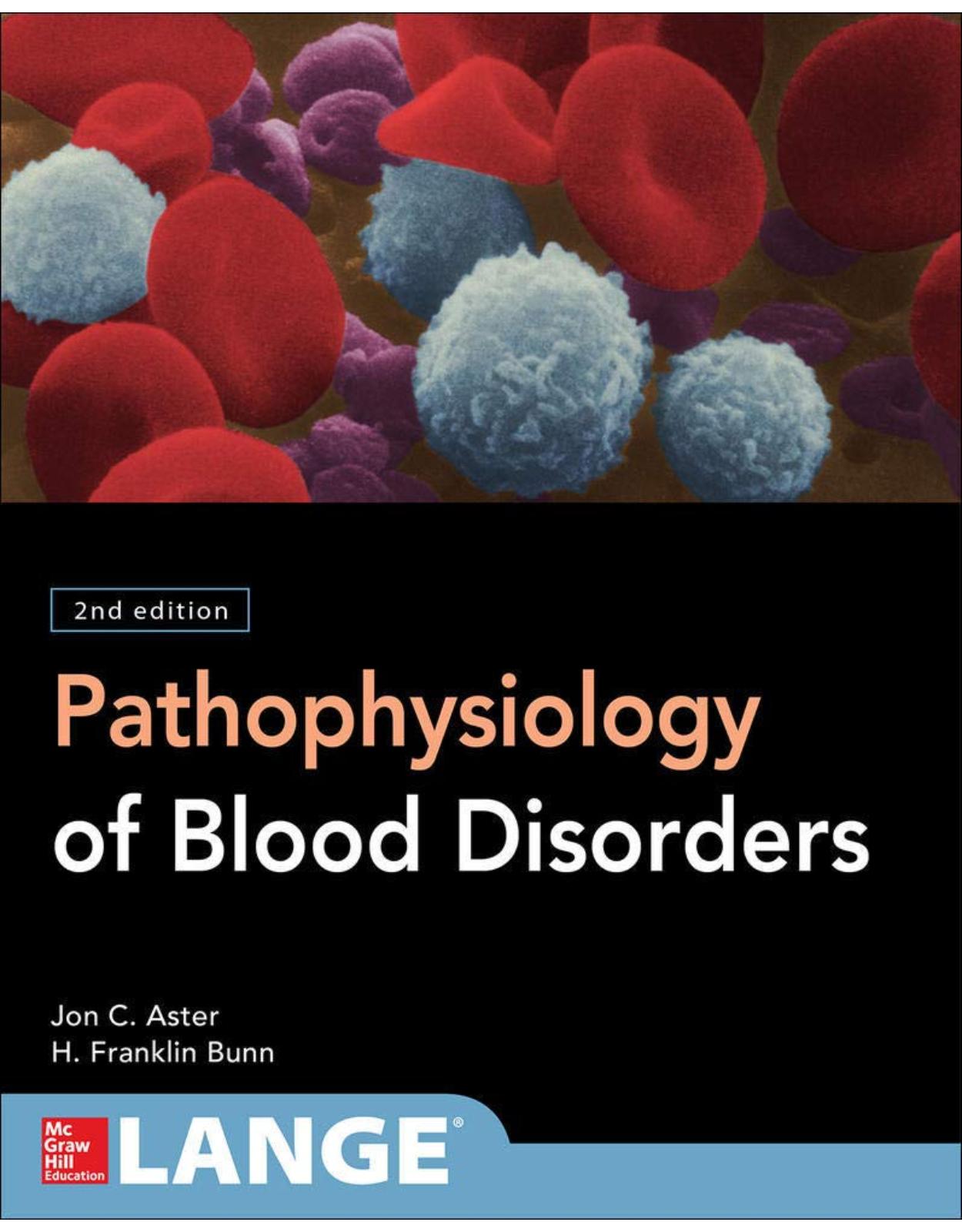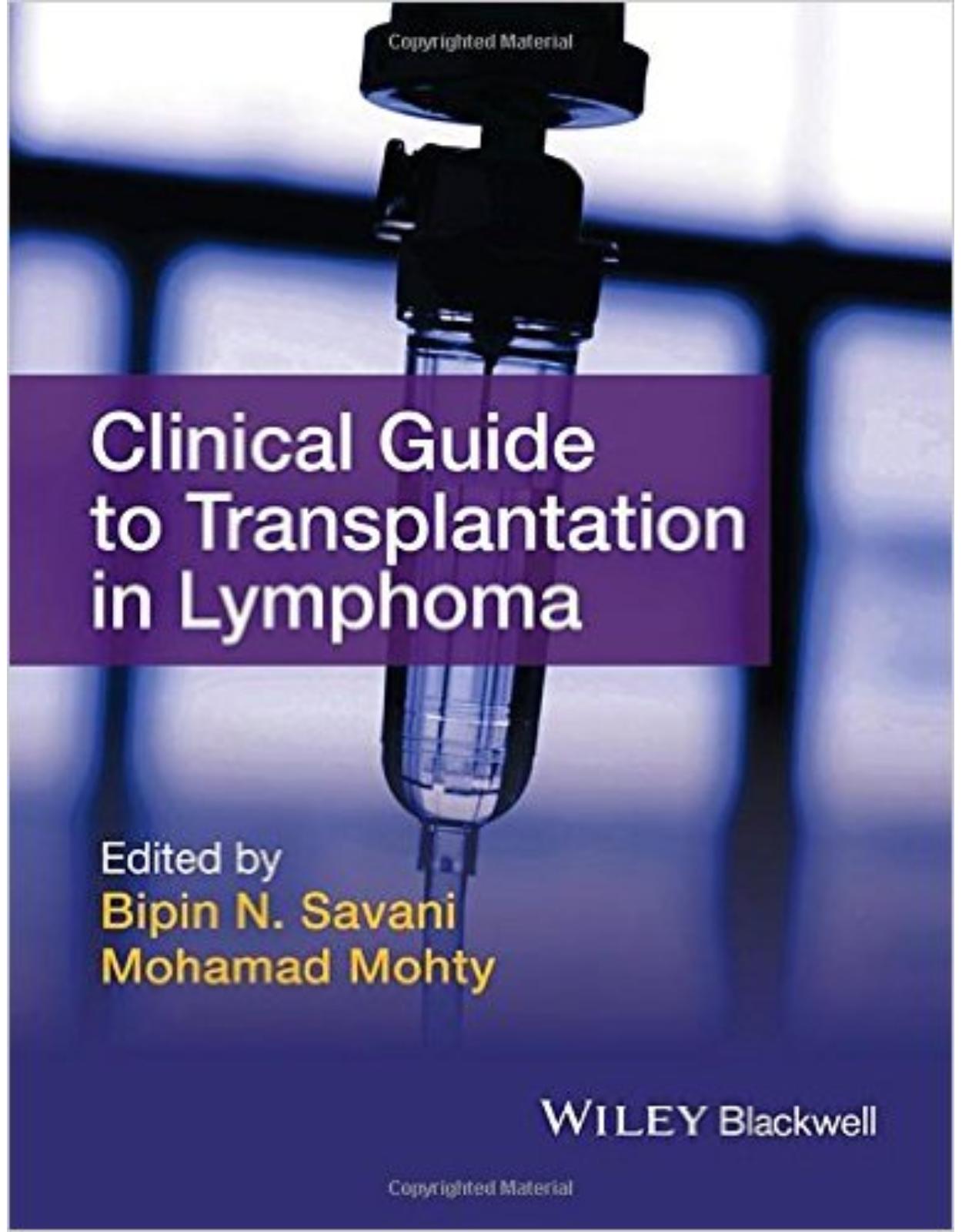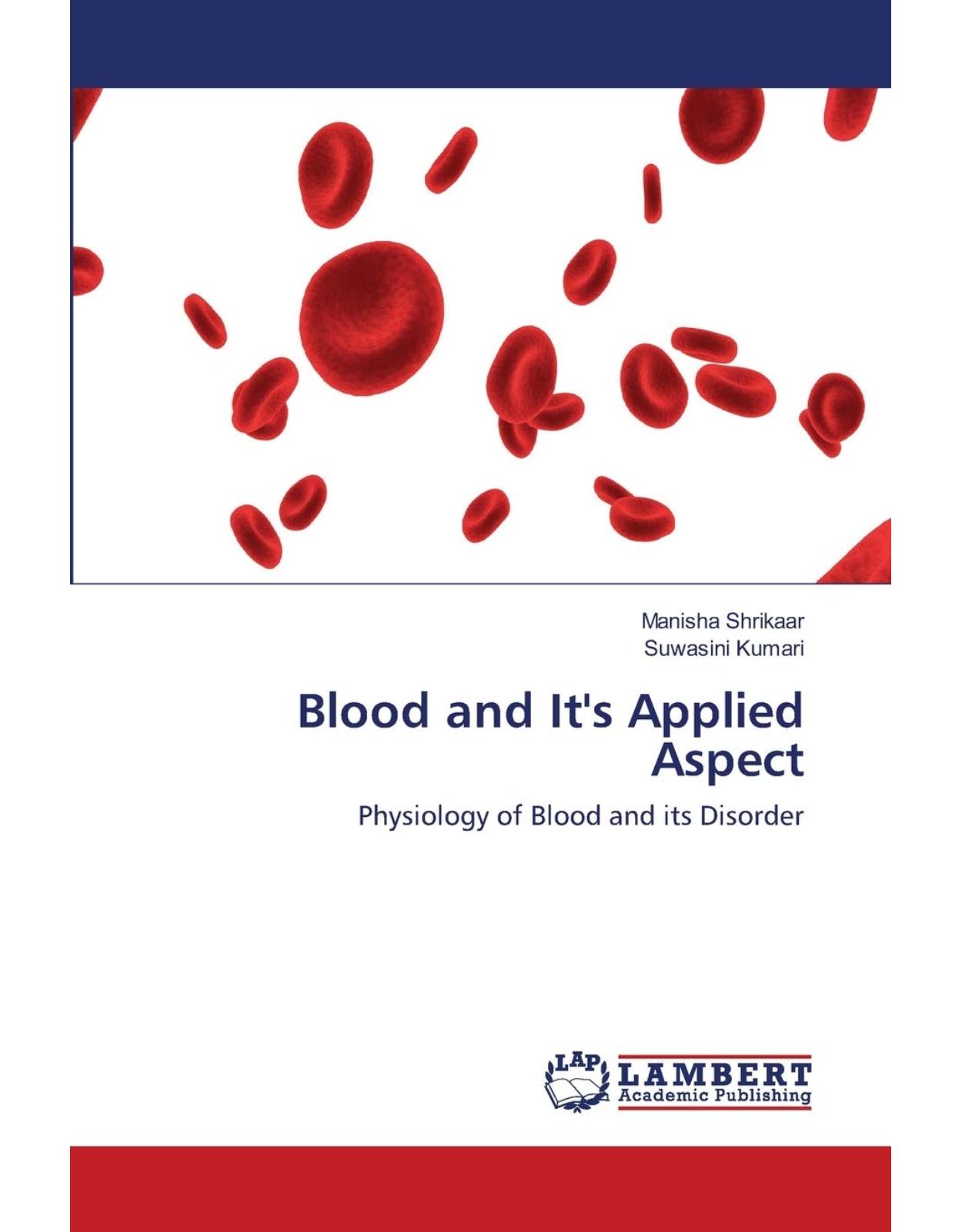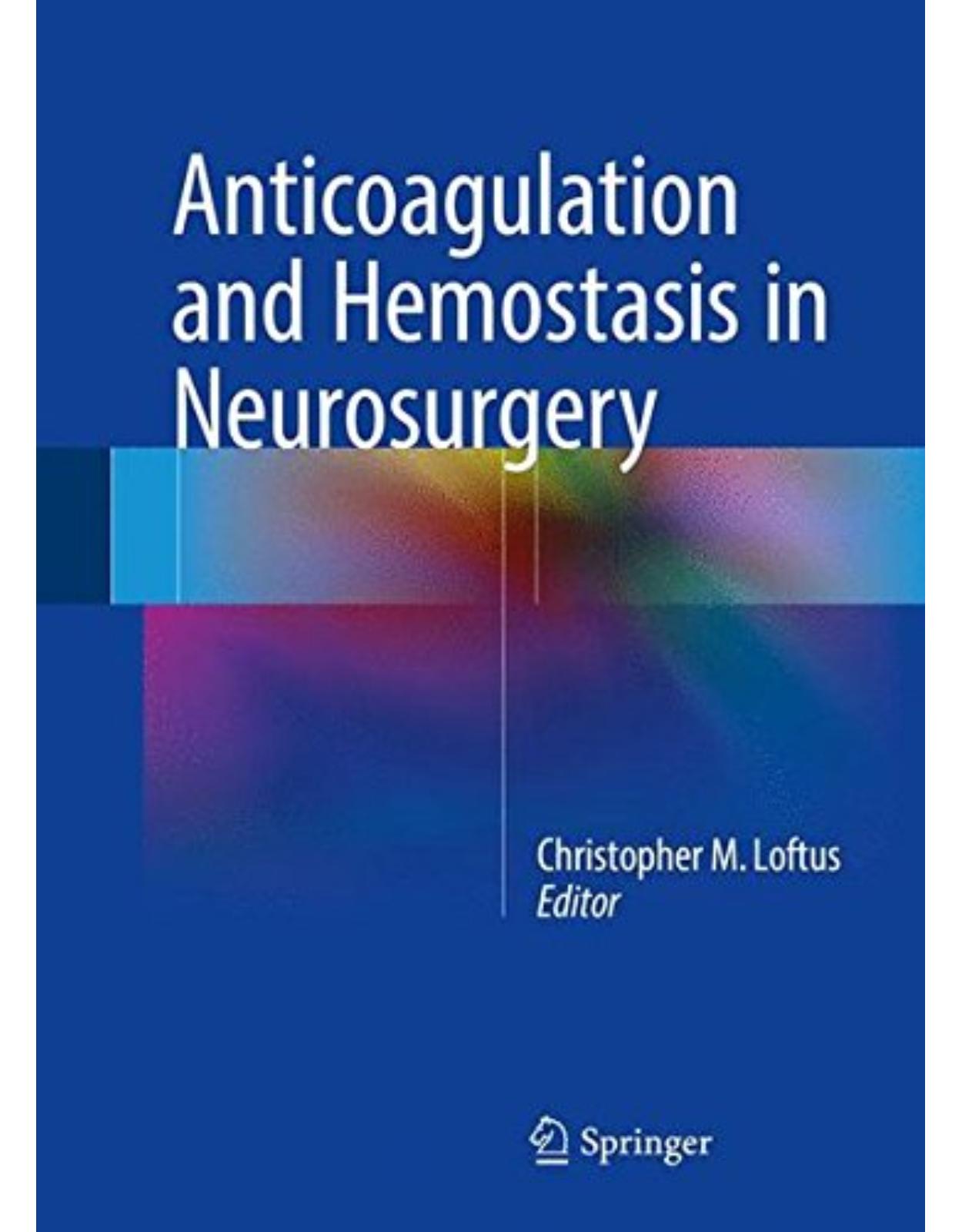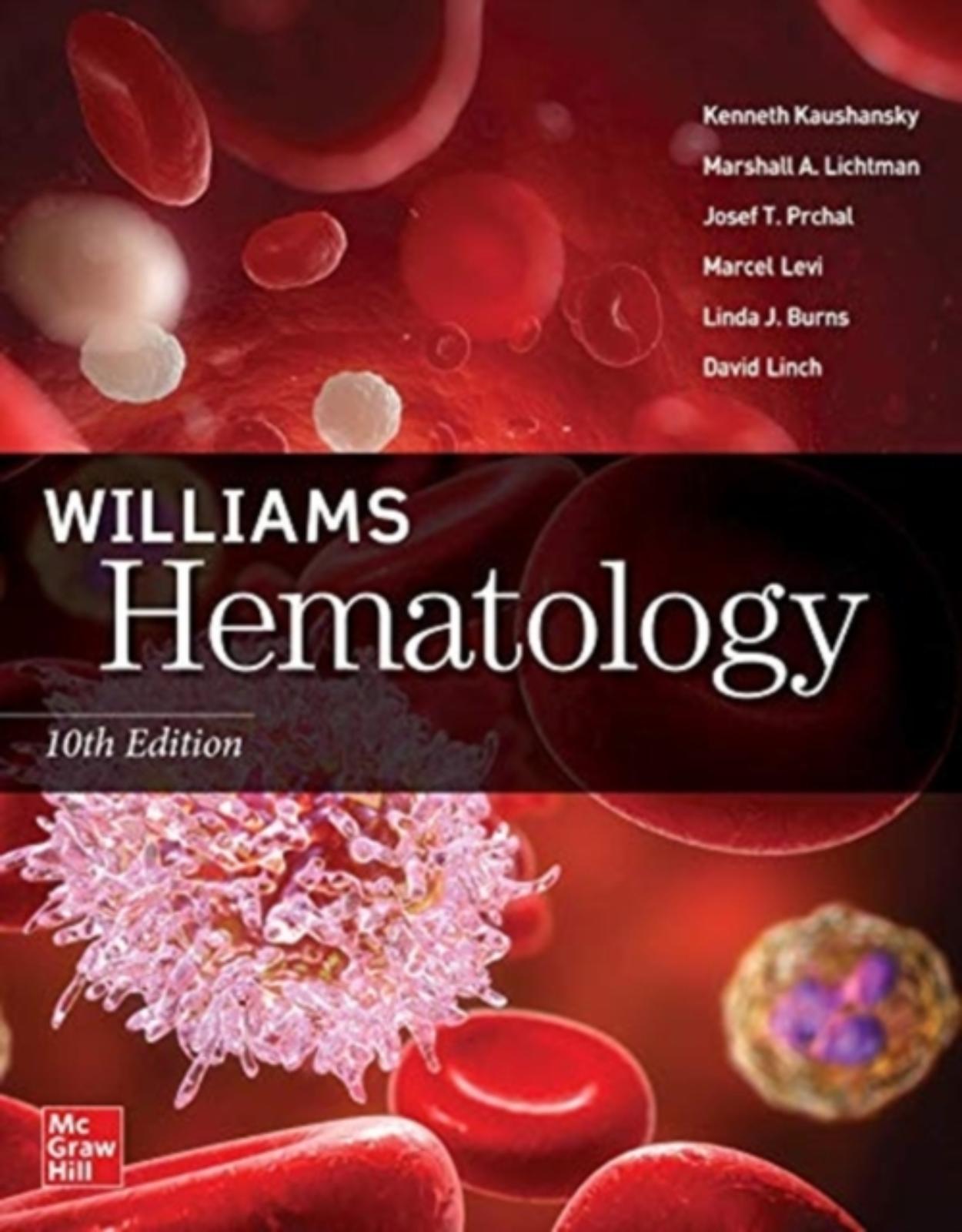
Williams Hematology, 10th Edition
Livrare gratis la comenzi peste 500 RON. Pentru celelalte comenzi livrarea este 20 RON.
Disponibilitate: La comanda in aproximativ 4 saptamani
Autor: Kenneth Kaushansky, Marshall Lichtman, Josef Prchal, Marcel Levi, Linda Burns, David C. Linch
Editura: McGraw-Hill
Limba: Engleza
Nr. pagini: 2688
Coperta: Paperback
Dimensiuni: 231 x 285 x 79 mm
An aparitie: 12 Apr 2021
Description:
The landmark text that has guided generations of hematologists and related practitioners―updated with the latest research findings and improved format and presentation Long revered for its comprehensiveness and extraordinary depth of detail, Williams Hematology provides essential coverage of the origins, pathophysiological mechanisms, and management of benign and malignant disorders of blood and marrow cells and coagulation proteins. The text contains a wealth of basic science and translational pathophysiology for optimal, lifelong learning. Experts in research and clinical hematology, the editors are known worldwide for their contributions to the field. This new edition contains everything that has made Williams Hematology the go-to resource for decades and has been updated with new chapters and critical new research into the molecular mechanisms responsible for hematological disorders and the impact on diagnosis and treatment. And the new format enables you to access each chapter via content modules covering key topics, with summaries, infographics, and cases―all linked to review questions for self-assessment. The full-color presentation integrates images of blood and tissue findings where they are cited in the text. NEW TO THIS EDITION: Updated and revised content reflecting the latest research and developments Convenient format that streamlines the learning process and improves retention Additional chapters added on: Immune Checkpoint Inhibitors Immune Cell Therapy: Chimeric Antigen Receptor T Cell Therapy Immune Cell Therapy Dendritic Cell and Natural Killer Cell Therapy The processes of cell death and survival Application of Big Data and Deep Learning in Hematology Williams Hematology Cases with multiple-choice questions including detailed explanations—perfect preparation for the boards Continuously updated online content with comprehensive drug therapy database and other resources
Table of contents:
PART I Clinical Evaluation of the Patient
1. Initial Approach to the Patient: History and Physical Examination
2. Examination of Blood and Marrow Cells
3. Consultative Hematology
PART II The Organization of the Lymphohematopoietic Tissues
4. Structure of the Marrow and the Hematopoietic Microenvironment
5. The Organization and Structure of Lymphoid Tissues
PART III Epochal Hematology
6. Hematology of the Fetus and Newborn
7. Hematology During Pregnancy
8. Hematology in Older Persons
PART IV Molecular and Cellular Hematology
9. Genetic Principles and Molecular Biology
10. Genomics and Epigenomics
11. Cytogenetic and Genetic Abnormalities
12. Application of Big Data and Deep Learning in Hematology
13. Metabolism of Hematologic Neoplastic Cells
14. Cell Death
15. Cell-Cycle Regulation and Hematologic Disorders
16. Signal Transduction Pathways
17. Hematopoietic Stem Cells, Progenitors, and Cytokines
18. The Inflammatory Response
19. Innate Immunity
20. The Biology of Innate Lymphoid Cells and Natural Killer Cells
21. Dendritic Cells and Adaptive Immunity
PART V Therapeutic Principles
22. Immune Checkpoint Inhibitors
23. Immune Cell Therapy: Chimeric Antigen Receptor T-Cell Therapy
24. Immune Cell Therapy: Dendritic Cell and Natural Killer Cell Therapy
25. Vaccine Therapy
26. Gene Therapy for Hematologic Diseases
27. Regenerative Medicine: Induced Pluripotent Stem Cells and Blood Cell Engineering
28. Pharmacology and Toxicity of Antineoplastic Drugs
29. Hematopoietic Stem Cell Transplantation
30. Therapeutic Apheresis: Indications, Efficacy, and Complications
31. Treatment of Infections in the Immunocompromised Host
32. Antithrombotic Therapy
PART VI The Erythrocyte
33. Structure and Composition of the Erythrocyte
34. Erythropoiesis and Red Cell Turnover
35. Clinical Manifestations and Classification of Erythrocyte Disorders
36. Aplastic Anemia: Acquired and Inherited
37. Pure Red Cell Aplasia
38. Anemia of Chronic Disease
39. Erythropoietic Effects of Endocrine Disorders
40. The Hereditary Dyserythropoietic Anemias
41. Paroxysmal Nocturnal Hemoglobinuria
42. Folate, Cobalamin, and Megaloblastic Anemias
43. Iron Metabolism
44. Iron Deficiency and Overload
45. Anemia Resulting from Other Nutritional Deficiencies
46. Anemia Associated with Marrow Infiltration
47. Erythrocyte Membrane Disorders
48. Erythrocyte Enzyme Disorders
49. Thalassemia: A Disorder of Globin Synthesis
50. Disorders of Hemoglobin Structure: Sickle Cell Anemia and Related Abnormalities
51. Methemoglobinemia and Other Dyshemoglobinemias
52. Fragmentation Hemolytic Anemia
53. Erythrocyte Disorders as a Result of Toxic Agents
54. Hemolytic Anemia Resulting from Infections with Microorganisms
55. Hemolytic Anemia Resulting from Immune Injury
56. Alloimmune Hemolytic Disease of the Fetus and Newborn
57. Hypersplenism and Hyposplenism
58. Primary and Secondary Erythrocytoses/Polycythemias
59. The Porphyrias
60. Polyclonal and Hereditary Sideroblastic Anemias
PART VII Neutrophils, Eosinophils, Basophils, and Mast Cells
61. Structure and Composition of Neutrophils, Eosinophils, and Basophils
62. Classification and Clinical Manifestations of Neutrophil Disorders
63. Neutropenia and Neutrophilia
64. Disorders of Neutrophil Function
65. Eosinophils and Their Disorders
66. Basophils and Mast Cells and Their Disorders
PART VIII Monocytes and Macrophages
67. Structure, Receptors, and Functions of Monocytes and Macrophages
68. Production, Distribution, and Activation of Monocytes and Macrophages
69. Classification and Clinical Manifestations of Disorders of Monocytes and Macrophages
70. Monocytosis and Monocytopenia
71. Inflammatory and Malignant Histiocytosis
72. Gaucher Disease and Related Lysosomal Storage Diseases
PART IX Lymphocytes and Plasma Cells
73. The Structure of Lymphocytes and Plasma Cells
74. Lymphopoiesis
75. Functions of B Lymphocytes and Plasma Cells In Immunoglobulin Production
76. Functions of T Lymphocytes: T-Cell Receptors for Antigen
77. Classification and Clinical Manifestations of Lymphocyte and Plasma Cell Disorders
78. Lymphocytosis and Lymphocytopenia
79. Immunodeficiency Diseases
80. Hematologic Manifestations of Human Immunodeficiency Virus and the Acquired Immunodeficiency Syndrome
81. Mononucleosis Syndromes
PART X Malignant Myeloid Diseases
82. Classification and Clinical Manifestations of the Clonal Myeloid Disorders
83. Polycythemia Vera
84. Essential Thrombocythemia
85. Primary Myelofibrosis
86. Myelodysplastic Syndromes
87. Acute Myelogenous Leukemia
88. Chronic Myelogenous Leukemia and Related Disorders
PART XI Malignant Lymphoid Diseases
89. Classification of Malignant Lymphoid Disorders
90. Acute Lymphoblastic Leukemia
91. Chronic Lymphocytic Leukemia
92. Hairy Cell Leukemia
93. Large Granular Lymphocytic Leukemia
94. General Considerations of Lymphomas: Incidence Rates, Etiology, Diagnosis, Staging, and Primary Extranodal Disease
95. Pathology of Lymphomas
96. Hodgkin Lymphoma
97. Diffuse Large B-Cell Lymphoma and Related Diseases
98. Follicular Lymphoma
99. Mantle Cell Lymphoma
100. Marginal Zone B-Cell Lymphomas
101. Burkitt Lymphoma
102. Cutaneous T-Cell Lymphoma (Mycosis Fungoides and Sézary Syndrome)
103. Mature T-Cell and Natural Killer Cell Lymphomas
104. Plasma Cell Neoplasms: General Considerations
105. Essential Monoclonal Gammopathy
106. Myeloma
107. Immunoglobulin Light Chain Amyloidosis
108. Macroglobulinemia
109. Heavy-Chain Disease
PART XII Hemostasis and Thrombosis
110. Megakaryopoiesis and Thrombopoiesis
111. Platelet Morphology, Biochemistry, and Function
112. Molecular Biology and Biochemistry of the Coagulation Factors and Pathways of Hemostasis
113. Control of Coagulation Reactions
114. Vascular Function in Hemostasis
115. Classification, Clinical Manifestations, and Evaluation of Disorders of Hemostasis
116. Thrombocytopenia
117. Heparin-Induced Thrombocytopenia
118. Hereditary and Reactive Thrombocytosis
119. Inherited Platelet Disorders
120. Acquired Qualitative Platelet Disorders
121. The Vascular Purpuras
122. Hemophilia A and Hemophilia B
123. Inherited Deficiencies of Coagulation Factors II, V, V+VIII, VII, X, XI, and XIII
124. Hereditary Fibrinogen Abnormalities
125. von Willebrand Disease
126. Antibody-Mediated Coagulation Factor Deficiencies
127. Disseminated Intravascular Coagulation
128. Thrombotic Microangiopathies
129. Hemolytic Uremic Syndrome
130. Hemostatic Alterations in Liver Diseases and Liver Transplantation
131. Hereditary Thrombophilia
132. The Antiphospholipid Syndrome
133. Venous Thrombosis
134. Atherothrombosis: Disease Initiation, Progression, and Treatment
135. Fibrinolysis and Thrombolysis
PART XIII Transfusion Medicine
136. Erythrocyte Antigens and Antibodies
137. Human Leukocyte and Platelet Antigens
138. Blood Procurement and Red Cell Transfusion
139. Preservation and Clinical Use of Platelets
140. Using Plasma and Plasma Component Therapy
Acronyms and Abbreviations
Index
| An aparitie | 12 Apr 2021 |
| Autor | Kenneth Kaushansky, Marshall Lichtman, Josef Prchal, Marcel Levi, Linda Burns, David C. Linch |
| Dimensiuni | 231 x 285 x 79 mm |
| Editura | McGraw-Hill |
| Format | Paperback |
| ISBN | 9781260469219 |
| Limba | Engleza |
| Nr pag | 2688 |

